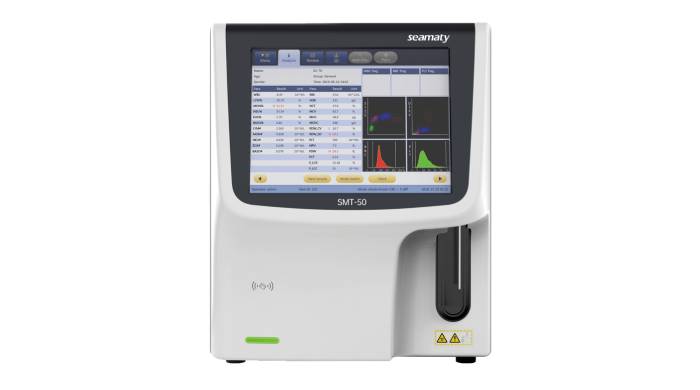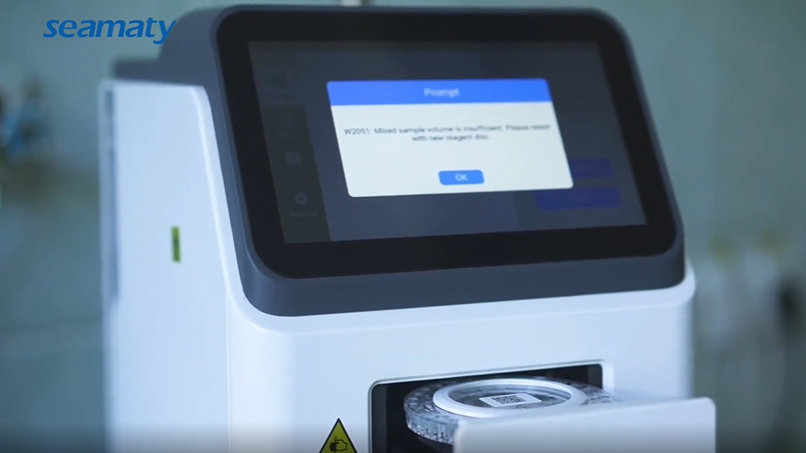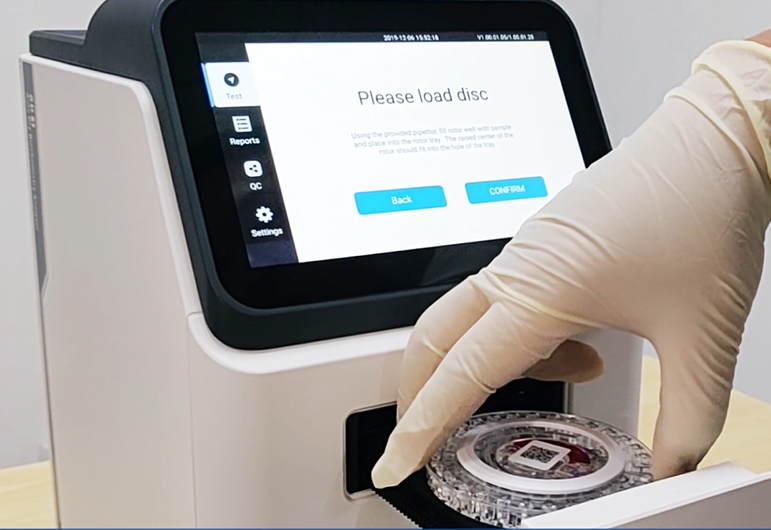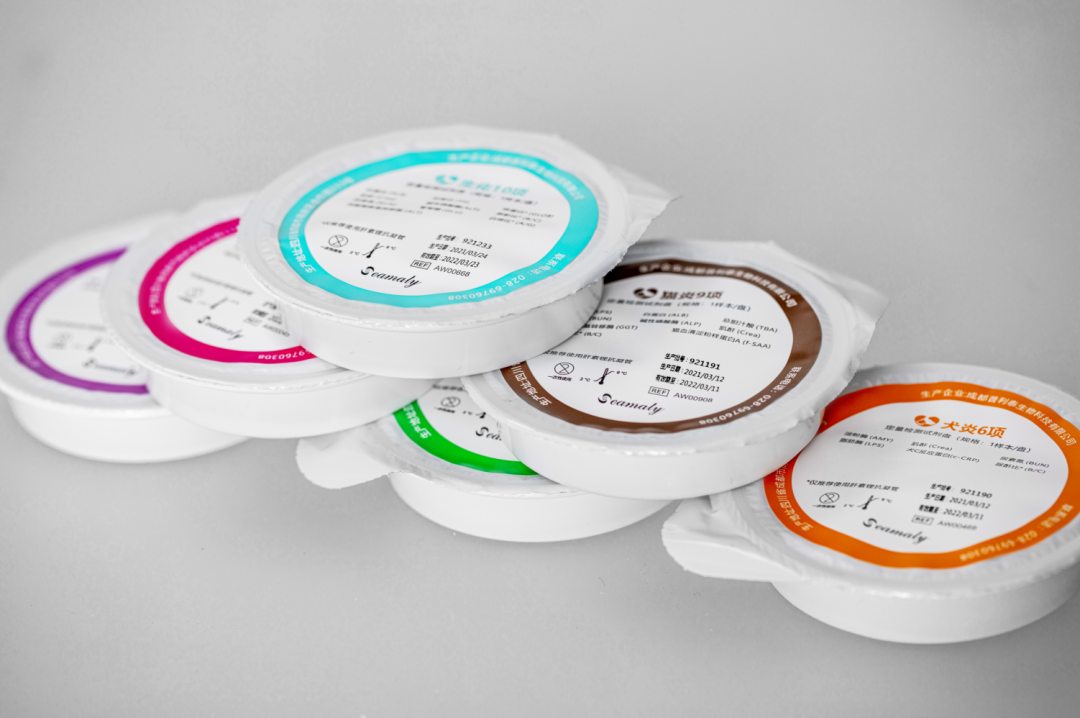What is a routine blood test?
A routine blood analysis is actually a blood cell analysis. Blood cells are also known as "blood cells", so it can also be called a blood cell analysis. Blood cells are cells that are found in the blood and travel throughout the body with the flow of blood. In fact, routine blood tests are one of the most basic tests in the laboratory. In the past, it was inefficient and heavy due to manual testing and classification. With the modernisation and automation of testing, routine blood tests are now carried out by a
haematology analyser.
Routine blood test results consist of red blood cells (RBC), haemoglobin (Hb), white blood cells (WBC), white blood cell sorting count and platelets (PLT). Routine blood results are more involved and can be divided into three parts when looking at the report. These are the red blood cell system, the white blood cell system and the platelet system.
Of course, it is not necessary to know exactly which diseases the routine blood tests point to. This is because the scope is too broad. It is called routine because it is prescribed by hospital clinicians for most patients in many conditions whether outpatient or inpatient. Very often it is simply a supplementary diagnostic item.

Generally speaking, of course, leukopenia could be a viral infection or it could be from taking some medication. For example, if you go to the pharmacy and buy a cold medicine, which is basically an antipyretic and analgesic, you may have leukopenia on an individual basis. So taking some cold medicine when a viral infection causes a cold may cause leukopenia, which is one of the most common phenomena. If the white blood cells are elevated, it depends on the condition of the patient. If the person is very fit, the white blood cell count will increase when a bacterial infection occurs. If the white blood cell count is particularly high, then it is also possible to have leukaemia.
The above analysis should give you a good idea of what a blood test is all about. To put it bluntly, it is a test to see if the blood cell count is normal, or if it is higher or lower than normal.
How does a haematology analyzer work?
A haematology analyzer, also known as a Blood Cell Analyzer or Blood Cell Counter, is used to test blood specimens. It is an instrument that provides qualitative and quantitative analysis of the blood's component parts and provides relevant information.
It has been 50 years since Mr Coulter invented the patent for particle counting technology in the early 1950s and built the first blood cell analyzer for clinical use. A haematology analyzer is essentially an instrument that analyses the number and heterogeneity of blood cells in a given volume.
Initially, the Cell Counter could only count red blood cells (RED) and white blood cells (WBC). Later, several parameters such as haemoglobin (HBG), platelets (PLT), red blood cell pressure (HCT) and mean red blood cell volume (MCV) were added.
With the development of the Hematology Analyzer, many more parameters have been added for analysis and calculation. For example, red blood cell volume distribution width (RDW), mean platelet volume (MPV), platelet volume distribution width (PDW), platelet pressure product (PCT), large platelet ratio, white blood cell triad, white blood cell quintile, haemoglobin concentration distribution width, abnormal lymphocyte signatures, infantile cell signatures, etc. Various parameters and functions have been added to the blood analysis instruments.
Principle of the haematology analyzer
The most common method to begin with is the resistance test. The basic principle is that a micro-hole is placed in the liquid to be measured and an electrode of a certain voltage is applied to each end of the hole. When a particle towel in the liquid passes through the micro-hole, the resistance between the electrodes changes instantaneously, resulting in an electrical pulse.
The number of particles can be obtained by counting the electrical pulses. The size of the pulse amplitude indicates the size of the particle volume. By selecting the electrons of the size of the pulses generated by the various cells, it is possible to distinguish between the different types of cells. By adding a certain negative pressure to the liquid, the flow of the liquid through the microporous pores can be achieved.
In layman's terms it is like a funnel, when you put different coloured beans in the funnel and let them slowly leak down. When you see a white one you know it's a white bean and when you see a red one you know it's a red bean. Each time you pass a bean you count it. This way you know how many of each type of bean there are. This funnel is actually the role of the haemocytometer.
Of course with the application of many high-tech technologies such as electronics, flow cytometry, laser technology, electronic computer technology and new fluorescent chemicals in clinical testing, the haematology analyzer has been raised to a whole new level of automation, advanced features and perfect design.
The haematology analyzer is no longer limited to routine blood cell analysis, but has been expanded to include many additional functions. For example, reticulocyte (RET) counting and analysis has been added to the range. Some blood cell analyzers have additionally added naive cell analysis and nucleated red blood cell analysis. Some analyzers even indicate certain parasites in the blood cells. Some instruments have even incorporated some of the functions of flow cytometry into the blood cell analyzer. The results of certain lymphocyte subsets can be obtained during routine blood cell analysis.
What exactly is done in a routine blood test?
It is actually clear after reading the front, but we can go through the real laboratory report forms from the hospital and we will know at a glance.
What are the brands of haematology analyzers?
The world's leading brands of blood gas analyzers are Hysenmecom,
Mindray, Beckman, Abbott, Siemens, ABX, etc.



